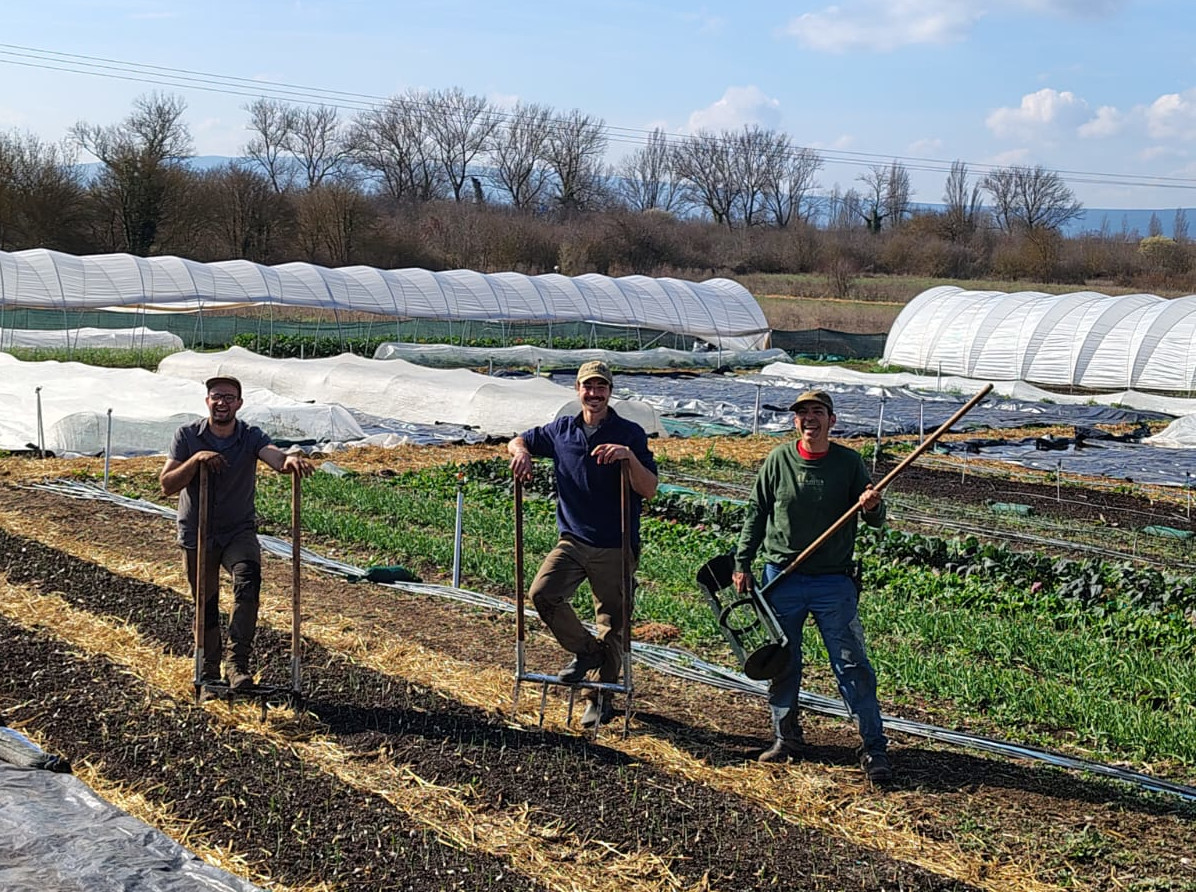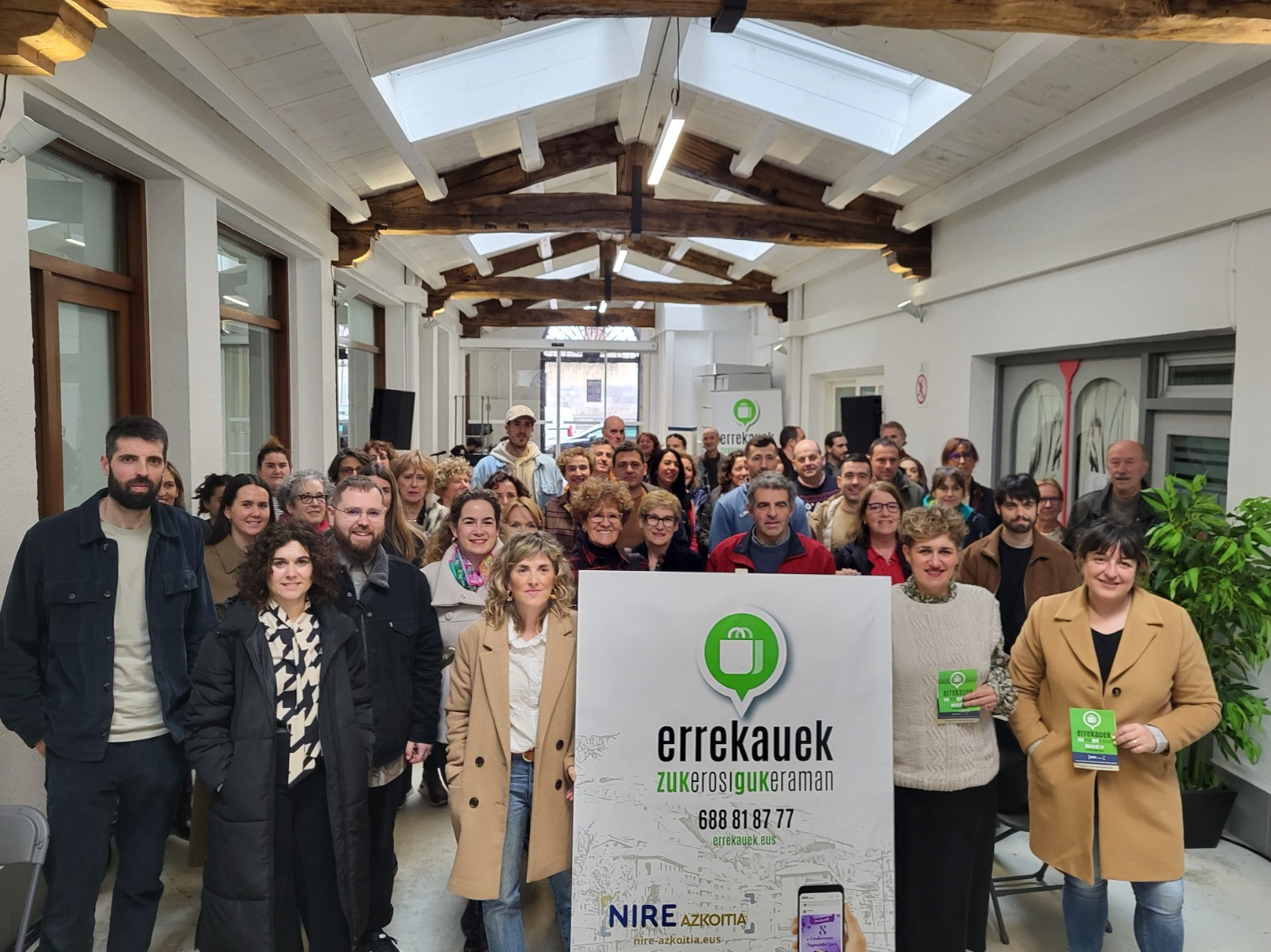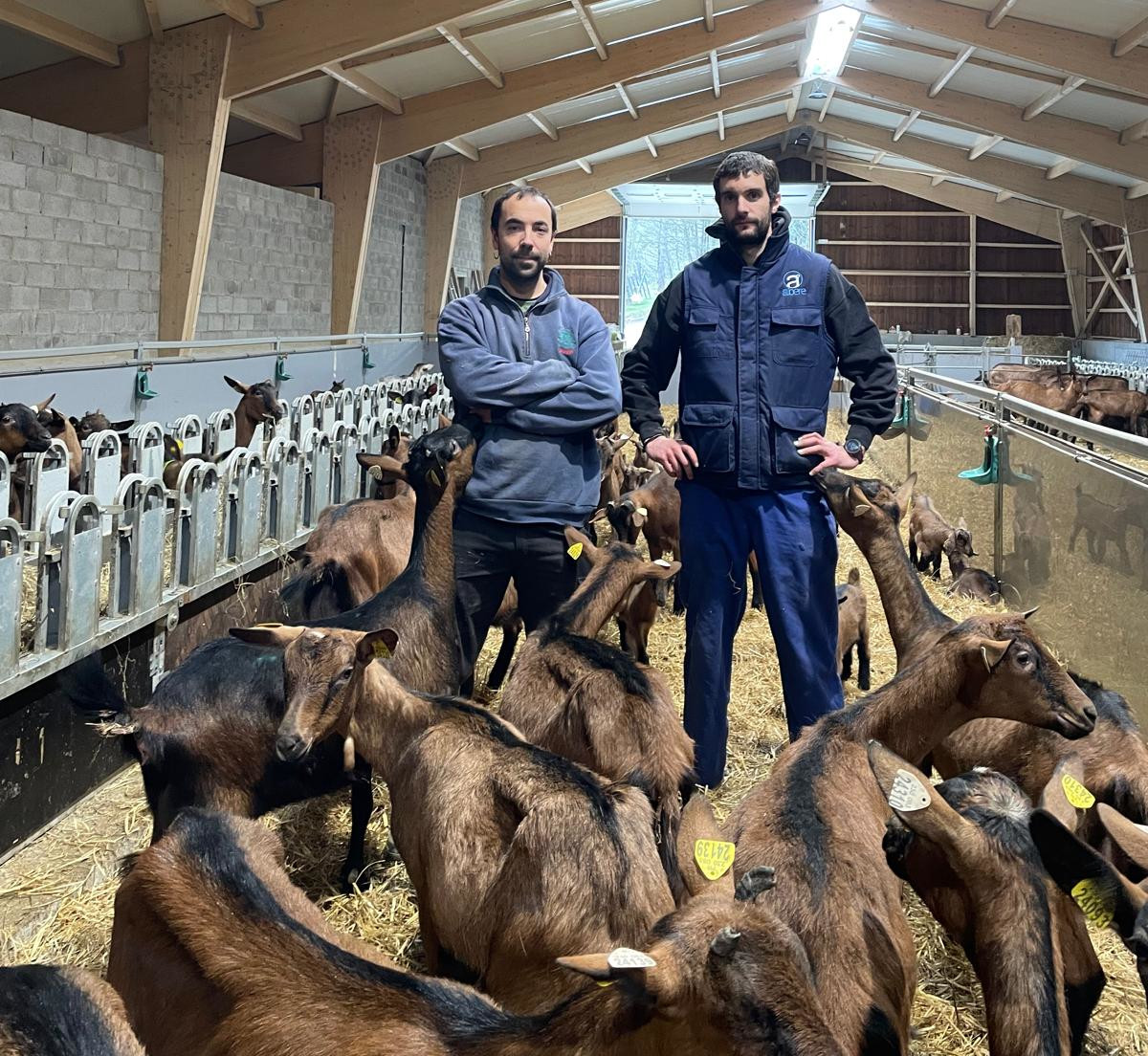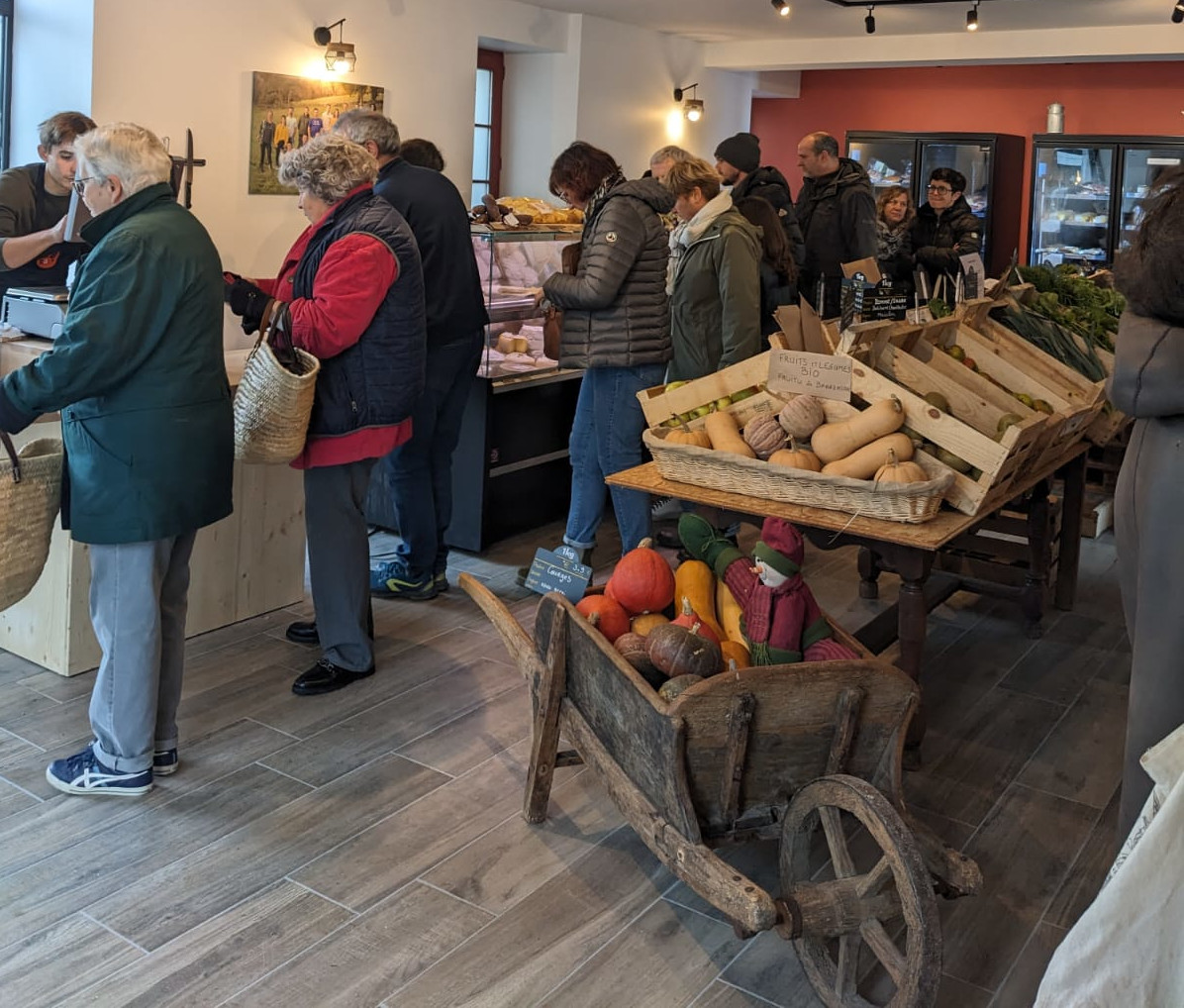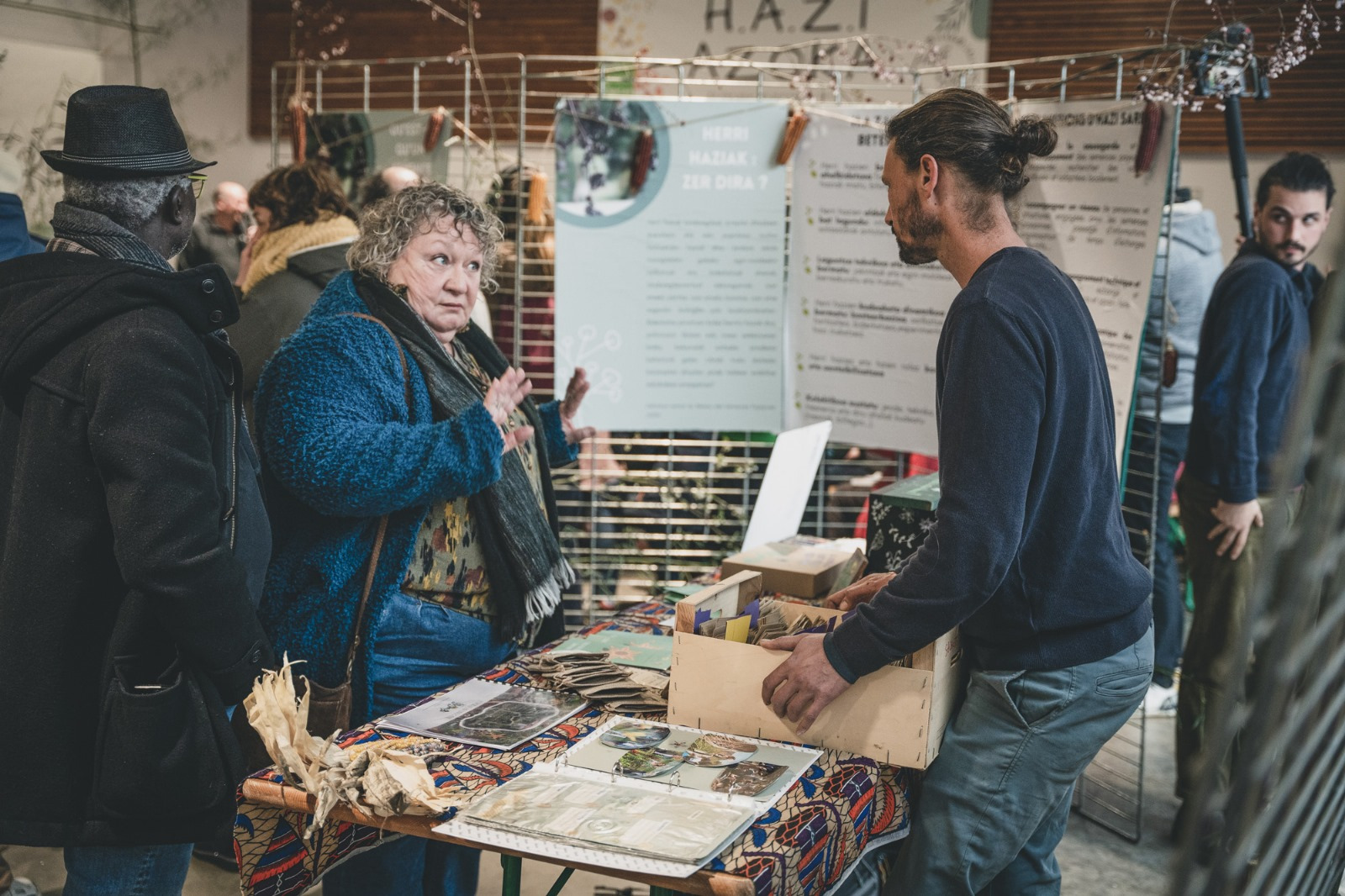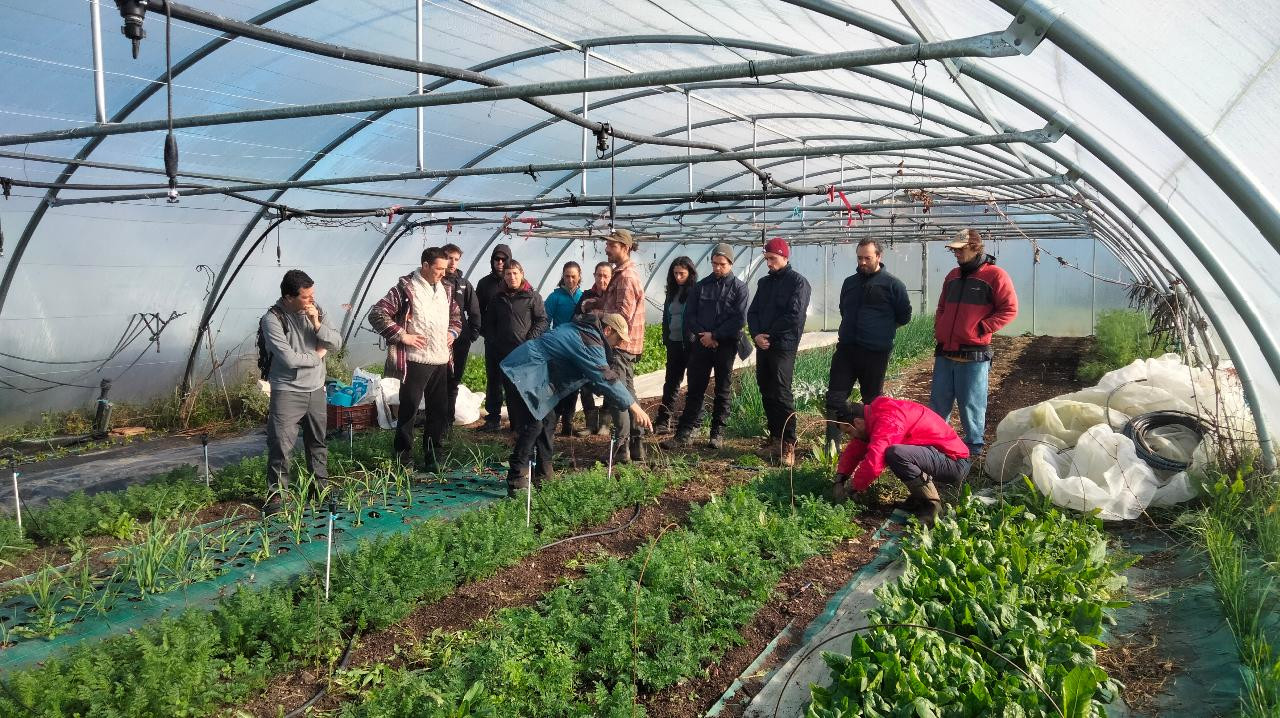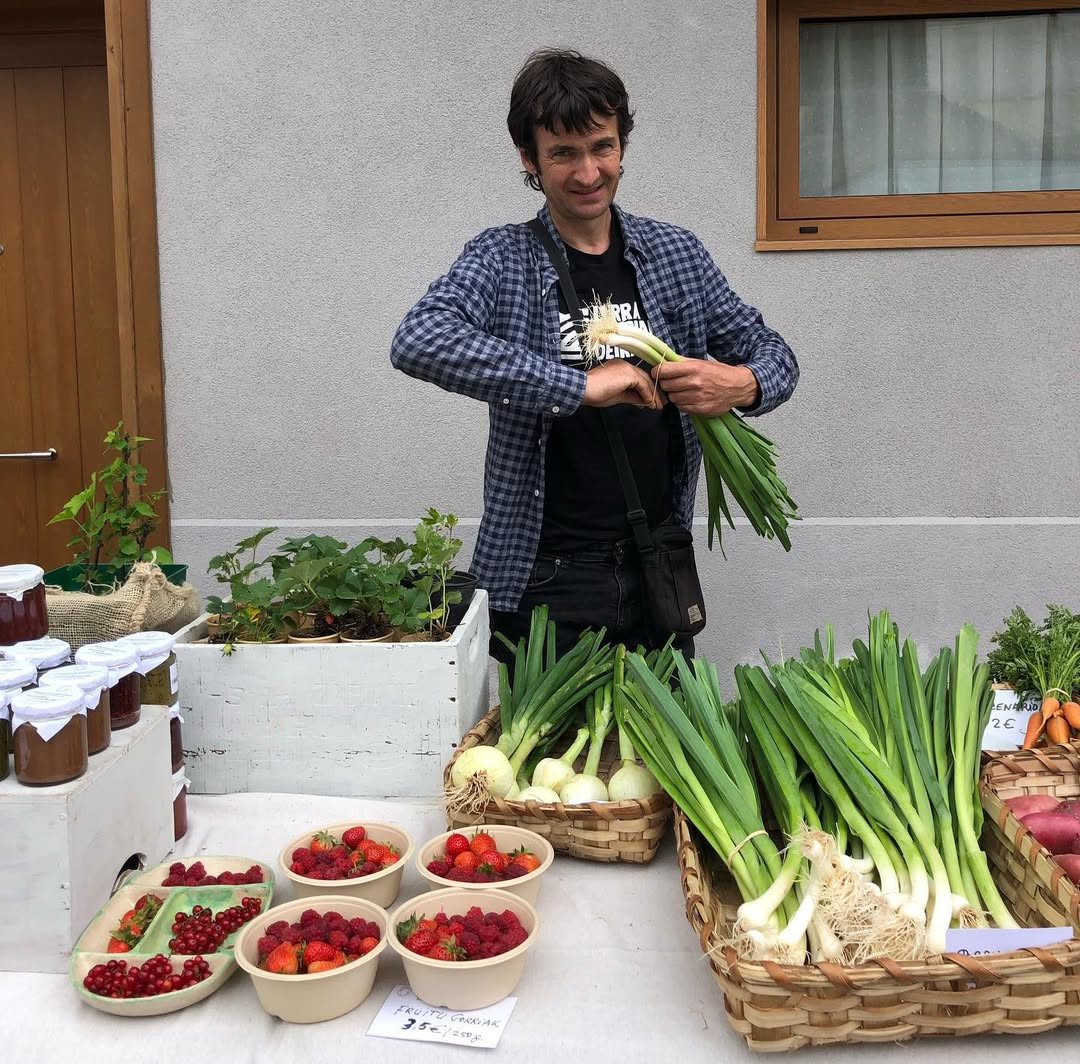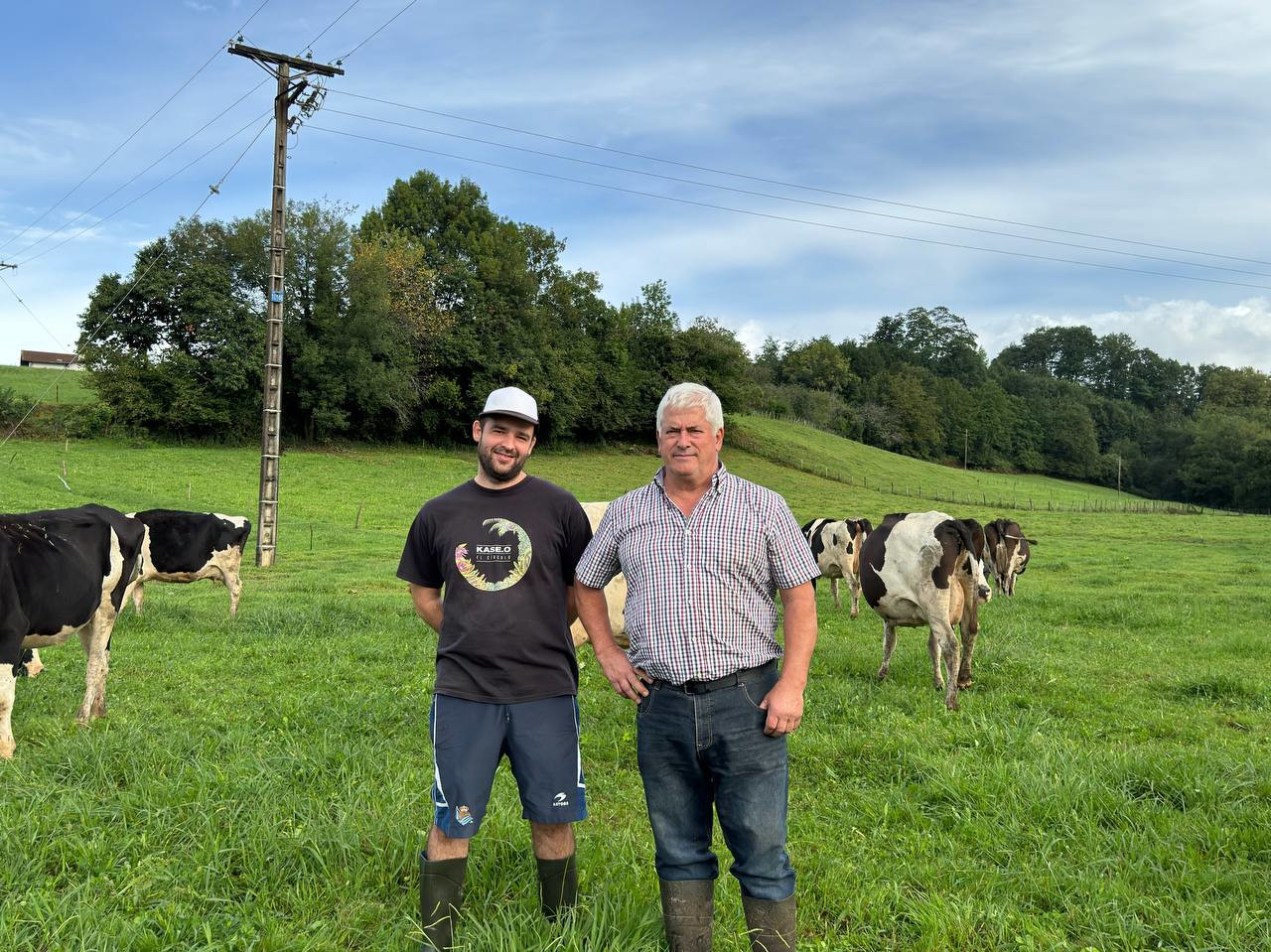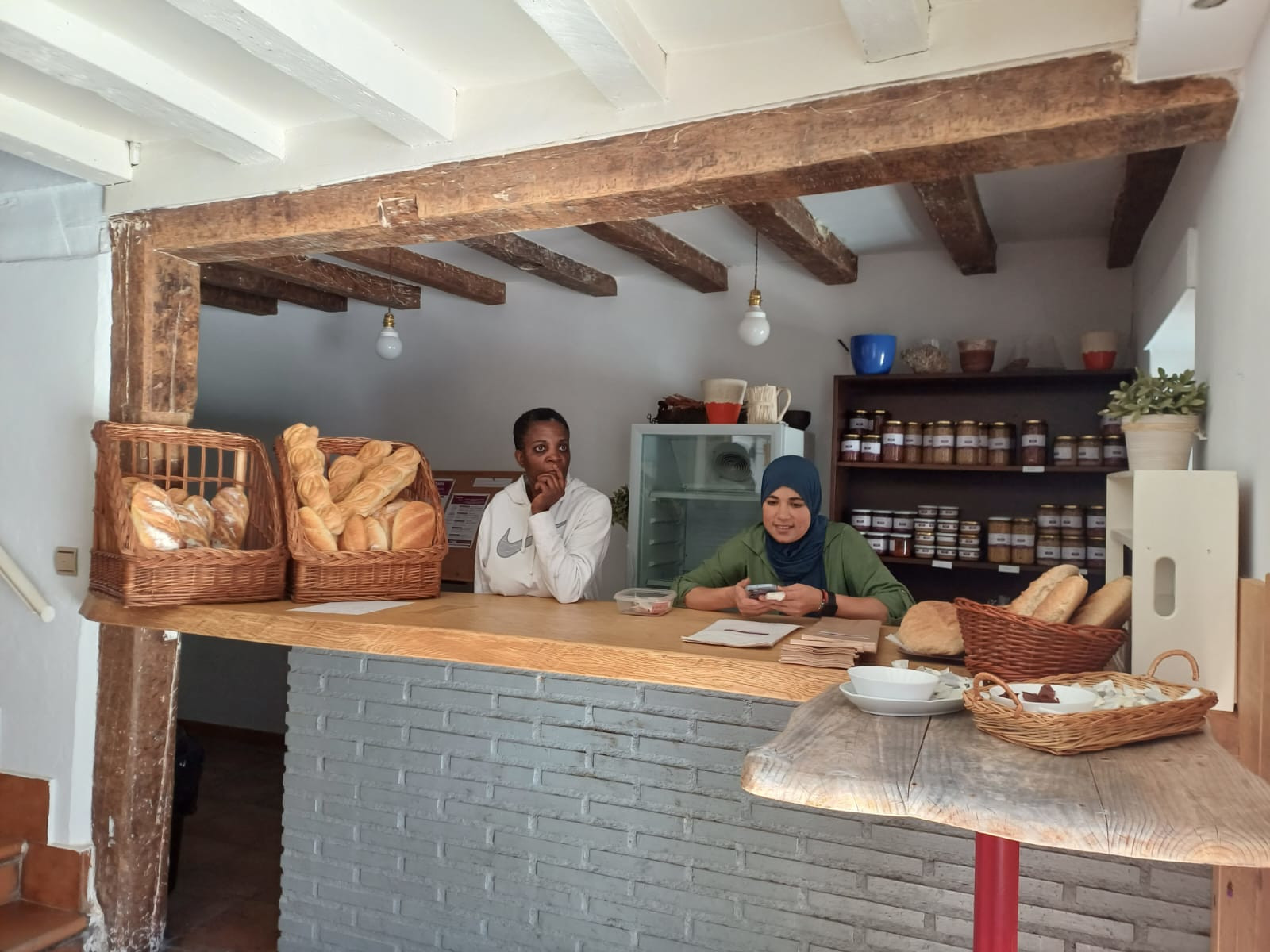Cherry Festival
- One of the best places to enjoy the small reddish fruit is Itsasu. The importance of cherry in this Labortan town is evident by its prominence in the coat of arms of the people.
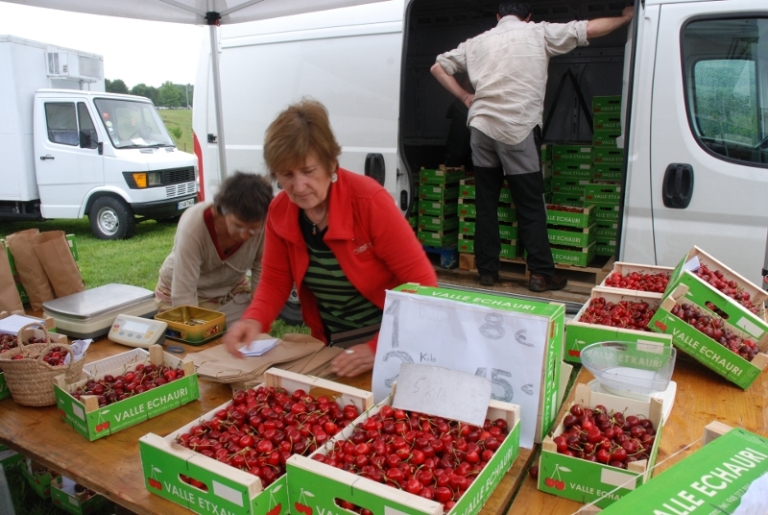
This year's, a season with ups and downs
Although they grow many varieties of blindness cherries, there are three main types: Peloa, Xapata and Beltxa. The three have had a different development at this time, as explained by Maryse Cachenaut, producer of cherries of Itsasu, in an interview in Euskal Irratia, “it cannot be said that it was a bad year, although there have been better ones”. While Beltxa and Xapata have gone quite well, for Peloa it was not a very good year: “This early cherry hasn’t come together too much this year. It’s been ahead for almost a month, and cold winds and frost have damaged and the harvest has dropped considerably,” the producer said.
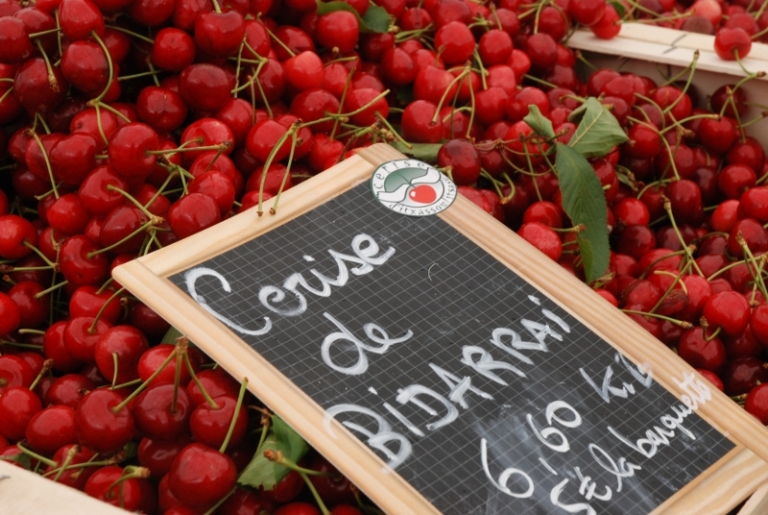
To celebrate the end of the season, the Festival de la Cereza was held in Itsasu on 4 June. Like every year, they organized a broad program of activities that brought together music, dances and gastronomy. The attendees were able to taste the products of the area, and as it could not otherwise be, cherries. In addition to those of Itsasu, the famous cherry of Etxauri in Navarre also played a leading role at the festival. Navarre and Lapurdi united under the guise of cherries.
Xapata Association
The cherry producers of Itsasu created the Xapata association in 1994 with the aim of supporting and boosting indigenous cherry varieties. With the same idea, the association launched in 2008 the Gerezi Conservatory of Itsasu.
Currently, the association brings together more than twenty producers and, in addition to the conservation of local varieties, has other productive objectives: to promote a pesticide-free culture, to collect cherries manually, to promote small family productions and to seek fair prices for farmers and consumers, among others.
Cachenaute says that there is the possibility of selling cherries because there is demand and it is a production that can go well without having to produce large quantities. Now what we have to achieve is to motivate farmers and young people, according to the producer.
Duela lau urte abiatu zuten Azpeitian Enkarguk proiektua, Udalaren, Urkome Landa Garapen Elkartearen eta Azpeitiako eta Gipuzkoako merkatari txikien elkarteen artean. “Orain proiektua bigarren fasera eraman dugu, eta Azkoitian sortu dugu antzeko egitasmoa, bere izenarekin:... [+]
Donostiako Amara auzoko Izko ileapaindegi ekologikoak 40 urte bete berri ditu. Familia-enpresa txikia da, eta hasieratik izan zuten sortzaileek ile-apainketan erabiltzen ziren produktuekiko kezka. “Erabiltzaileen azalarentzat oso bortzitzak dira produktu gehienak, baina... [+]
Ubidekoak (Bizkaia) dira Imanol Iturriotz eta Aritz Bengoa gazteak. “Lagunak gara txikitatik, eta beti izan dugu buruan abeltzaintza proiektu bat martxan jartzeko ideia”, azaldu du Iturriotzek. Nekazaritzari lotutako ikasketak izan ez arren, baserri munduarekin eta... [+]
Iruñean bizi ziren Iñaki Zoko Lamarka eta Andoni Arizkuren Eseberri gazteak, baina familiaren herriarekin, Otsagabiarekin, lotura estua zuten biek betidanik. “Lehen, asteburuetan eta udan etortzen ginen eta duela urte batzuk bizitzera etorri ginen”, dio... [+]
Gipuzkoako hamaika txokotatik gerturatutako hamarka lagun elkartu ziren otsailaren 23an Amillubiko lehen auzo(p)lanera. Biolur elkarteak bultzatutako proiektu kolektiboa da Amillubi, agroekologian sakontzeko eta Gipuzkoako etorkizuneko elikadura erronkei heltzeko asmoz Zestoako... [+]
Emakume bakoitzaren errelatotik abiatuta, lurrari eta elikadurari buruzko jakituria kolektibizatu eta sukaldeko iruditegia irauli nahi ditu Ziminttere proiektuak, mahai baten bueltan, sukaldean bertan eta elikagaiak eskutan darabiltzaten bitartean.









